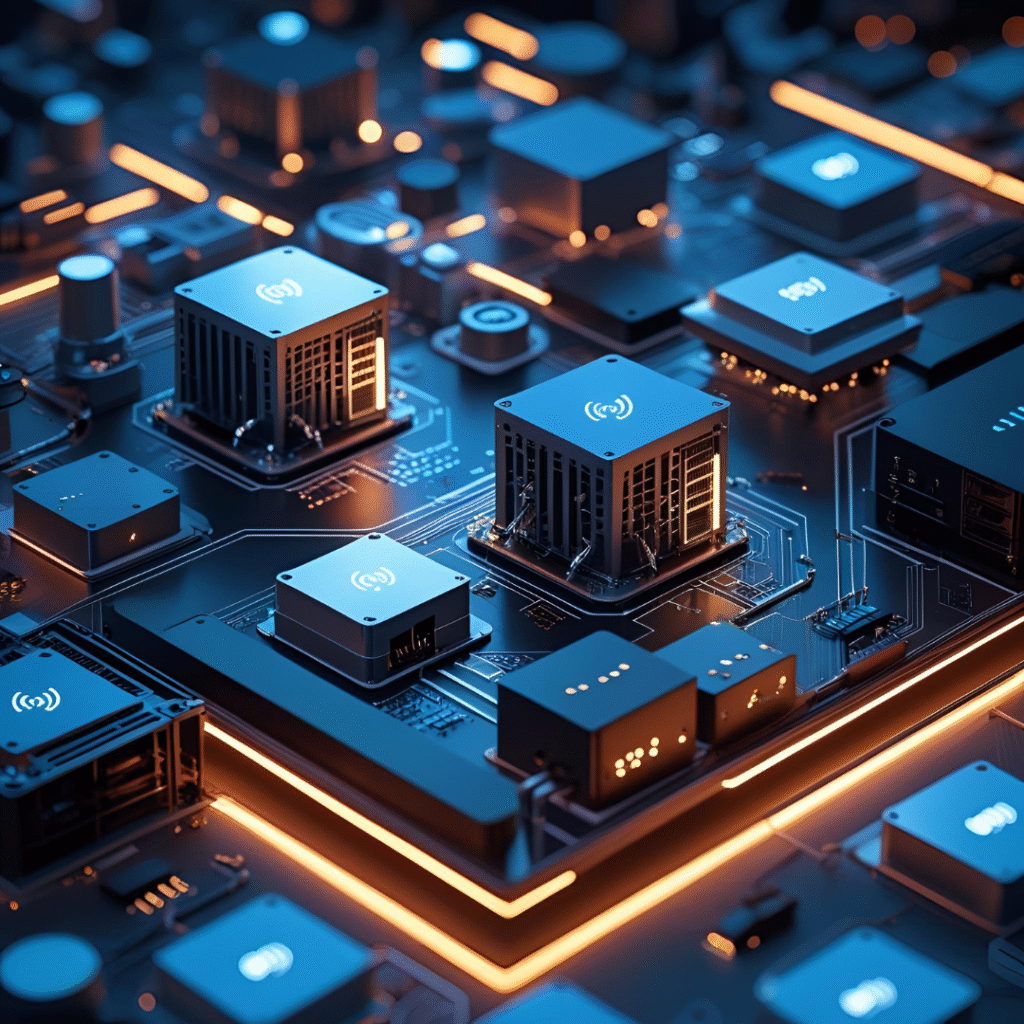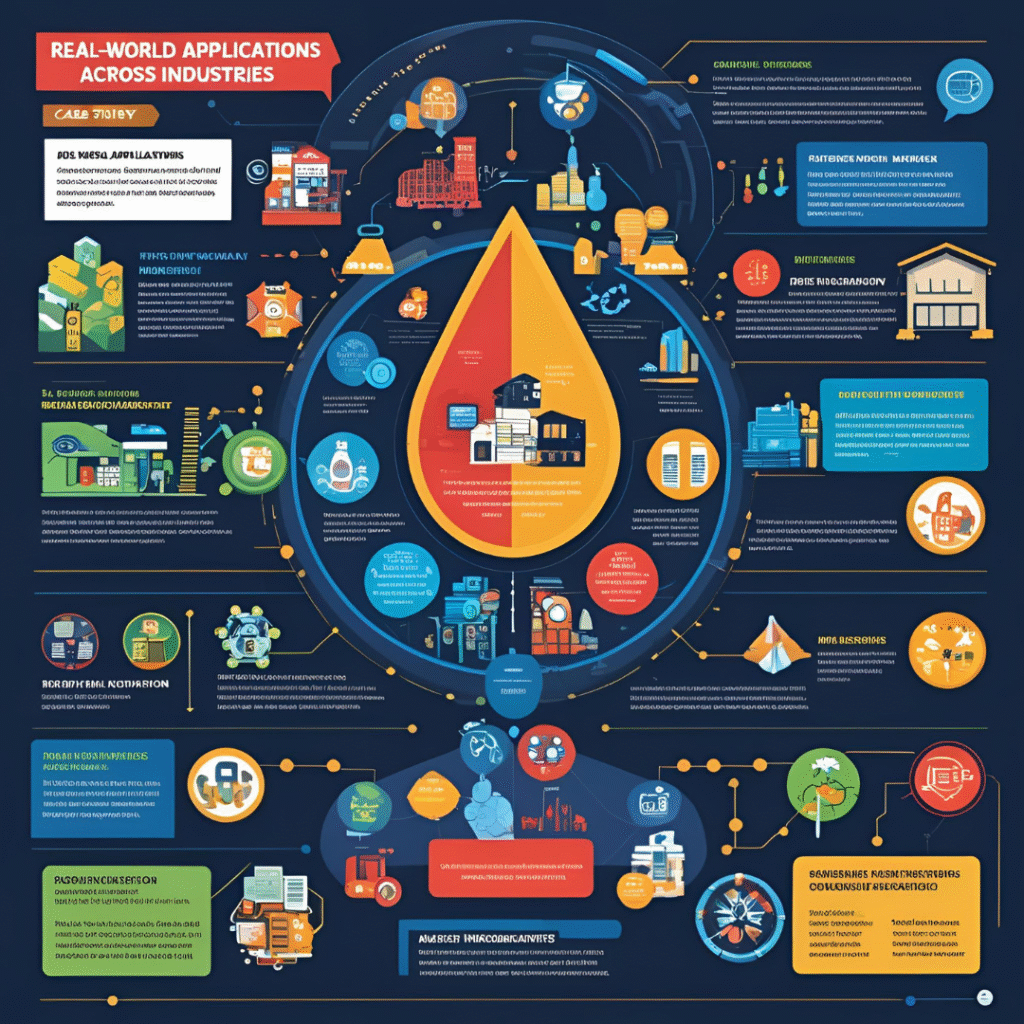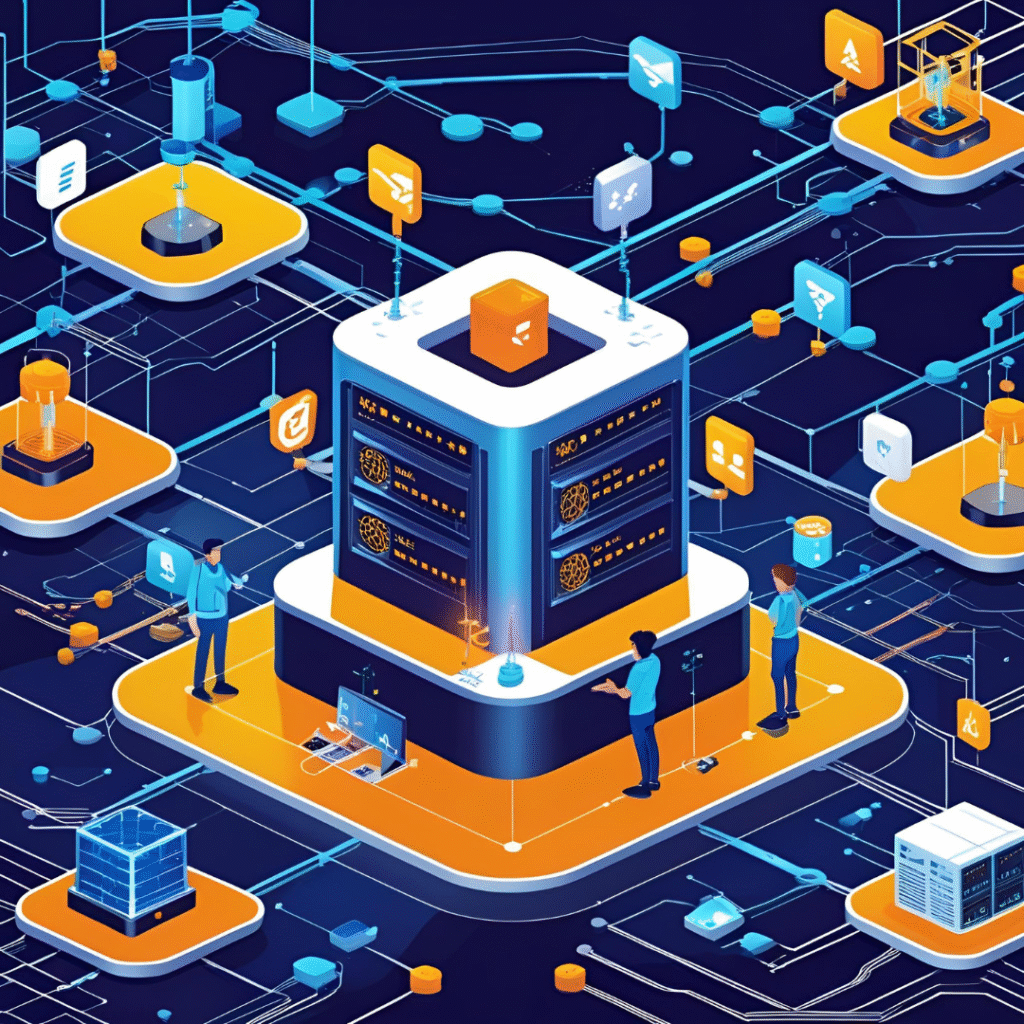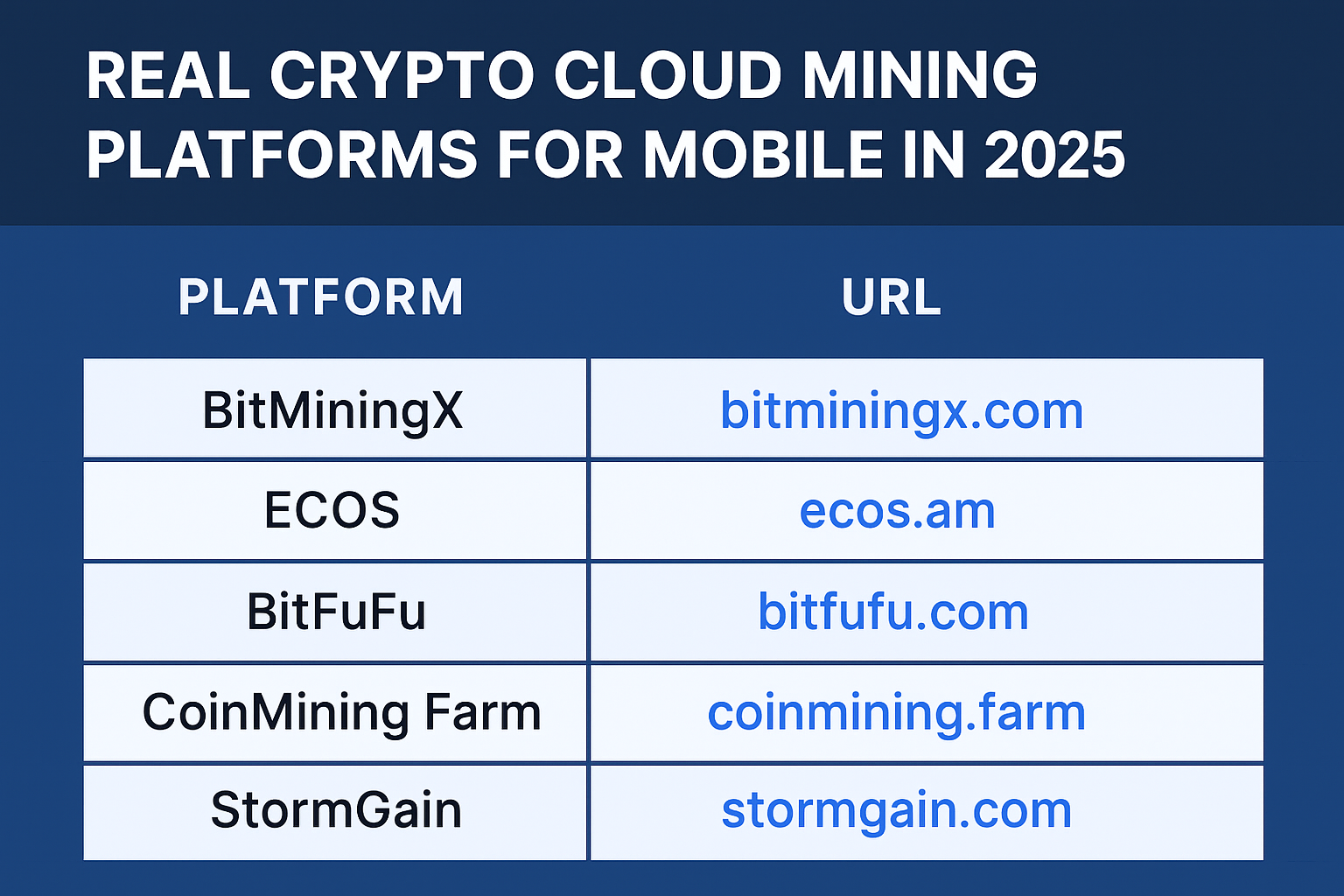The convergence of cryptocurrency mining and edge computing is reshaping the data processing landscape. Traditionally, mining operations relied on centralized data centers, often located in regions with cheap electricity. However, the emergence of decentralized data centers, powered by edge computing, is offering new paradigms for efficiency, scalability, and sustainability. This article delves into how decentralized data centers are transforming mining operations and the pivotal role of edge computing in this evolution.
Understanding Decentralized Data Centers
Decentralized data centers differ from traditional centralized models by distributing computing resources across multiple locations. This approach reduces reliance on a single point of failure and enhances resilience. In the context of mining, decentralization means that mining nodes are spread across various geographical locations, each processing data locally.
Key Characteristics:
- Geographical Distribution: Mining operations are spread across various locations, reducing latency and improving fault tolerance.
- Local Data Processing: Data is processed closer to its source, minimizing the need for long-distance data transmission.
- Scalability: Easily scalable by adding more nodes to the network without significant infrastructure changes.
The Emergence of Edge Computing
Edge computing involves processing data closer to its source rather than relying solely on centralized cloud servers. This paradigm is particularly beneficial for applications requiring real-time data processing and low latency. In mining, edge computing enables each node to process data locally, making decisions without waiting for instructions from a central server.

Benefits of Edge Computing in Mining:
- Reduced Latency: Processing data locally decreases the time it takes to make decisions, crucial for time-sensitive mining operations.
- Bandwidth Optimization: By processing data locally, only essential information is transmitted, reducing bandwidth usage and associated costs.
- Enhanced Security: Local data processing minimizes the exposure of sensitive information, reducing the risk of data breaches.
- Improved Reliability: Decentralized processing ensures that if one node fails, others can continue operations without significant disruption.
Integrating Edge Computing with Mining Operations
Integrating edge computing into mining operations involves deploying edge devices capable of processing data locally. These devices can range from specialized mining hardware to general-purpose computing units. The integration process includes:
- Deployment of Edge Devices: Installing devices at strategic locations within the mining network to ensure optimal data processing.
- Local Data Processing: Configuring devices to handle specific tasks, such as data validation, transaction processing, and consensus algorithms.
- Inter-node Communication: Establishing secure communication channels between nodes to synchronize operations and share essential information.
- Monitoring and Maintenance: Implementing systems to monitor the health of edge devices and perform necessary maintenance to ensure continuous operation.
Case Studies: Real-World Applications
1. NodeGo.AI
NodeGo.AI is a decentralized network that enables users to monetize unused computing power by transforming it into valuable resources for artificial intelligence (AI), spatial computing, and other high-performance computing applications. Through its proprietary protocol and hardware, NodeGo.Ai allows individuals and organizations to buy, sell, and share compute capacity, creating a peer-to-peer ecosystem for distributed computing .
2. Hive net
Hive net operates on a shared economy model, where users can contribute their unused storage and computing resources in exchange for credits or reduced service fees. The platform utilizes encryption and fragmentation techniques to ensure data security and integrity, distributing data across multiple devices in the network. This approach reduces the environmental impact associated with traditional data centers .

Challenges and Considerations
While the integration of decentralized data centers and edge computing offers numerous benefits, several challenges must be addressed:
- Infrastructure Costs: Initial setup costs for deploying edge devices and establishing secure communication channels can be significant.
- Standardization: Lack of standardized protocols can lead to interoperability issues between different edge devices and mining hardware.
- Security Concerns: Decentralized networks can be susceptible to attacks if not properly secured, necessitating robust cybersecurity measures.
- Maintenance: Ongoing maintenance of distributed nodes can be complex and resource-intensive.
The Future of Decentralized Mining with Edge Computing
The future of mining lies in the continued evolution of decentralized data centers and edge computing. As technology advances, we can anticipate:

- Increased Automation: Enhanced AI algorithms will enable more autonomous mining operations, reducing the need for human intervention.
- Improved Energy Efficiency: Advancements in hardware and software will lead to more energy-efficient mining processes, addressing environmental concerns.
- Broader Adoption: As the benefits become more apparent, a wider range of industries will adopt decentralized mining solutions.
Conclusion
The integration of decentralized data centers and edge computing is revolutionizing the mining industry. By processing data locally and distributing resources across various locations, mining operations can achieve greater efficiency, scalability, and security. While challenges remain, the ongoing advancements in technology promise a future where decentralized mining becomes the standard. Stakeholders in the mining industry must stay abreast of these developments to remain competitive in an increasingly decentralized digital landscape.
Top 10 FAQs on Decentralized Data Centers and Edge Computing in Mining
- What is the difference between centralized and decentralized data centers in cryptocurrency mining?
Centralized data centers are large, singular facilities where mining occurs, while decentralized data centers distribute mining activities across various geographical locations, enhancing resilience and reducing single points of failure. - How does edge computing improve cryptocurrency mining operations?
Edge computing processes data closer to the source, reducing latency, improving bandwidth usage, enhancing security, and enabling faster decision-making in mining processes. - What are the main benefits of using decentralized data centers for mining?
Key benefits include improved fault tolerance, reduced latency, enhanced scalability, lower risk of cyberattacks, and better resource optimization. - Why is reduced latency important in cryptocurrency mining?
Lower latency ensures that transactions and block validations occur more quickly, improving competitiveness in mining where speed is crucial for rewards. - Can edge computing reduce the energy consumption of mining operations?
Yes, by optimizing local data processing and reducing the need for constant communication with central servers, edge computing can lead to more energy-efficient mining operations. - What are some real-world examples of decentralized mining platforms?
Projects like NodeGo.AI and Hive Net demonstrate practical implementations of decentralized and edge-based computing for mining and high-performance tasks. - What hardware is needed for edge computing in mining?
Hardware ranges from ASICs and GPUs to general-purpose edge devices capable of local data validation, transaction processing, and running consensus algorithms. - How do decentralized mining networks ensure data security?
They use techniques like encryption, data fragmentation, and secure inter-node communication protocols to protect sensitive information and maintain network integrity. - What are the challenges of adopting edge computing in mining operations?
Challenges include high initial infrastructure costs, lack of standardization, cybersecurity risks, and the complexity of maintaining distributed hardware. - Is decentralized mining with edge computing a viable future trend?
Yes, with increasing demand for efficiency, sustainability, and resilience, decentralized mining using edge computing is becoming a strategic move for future-forward mining operations.




